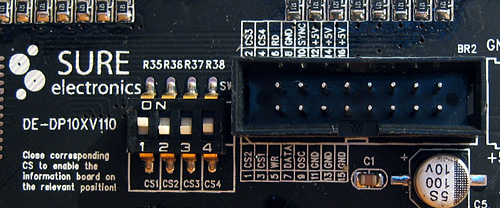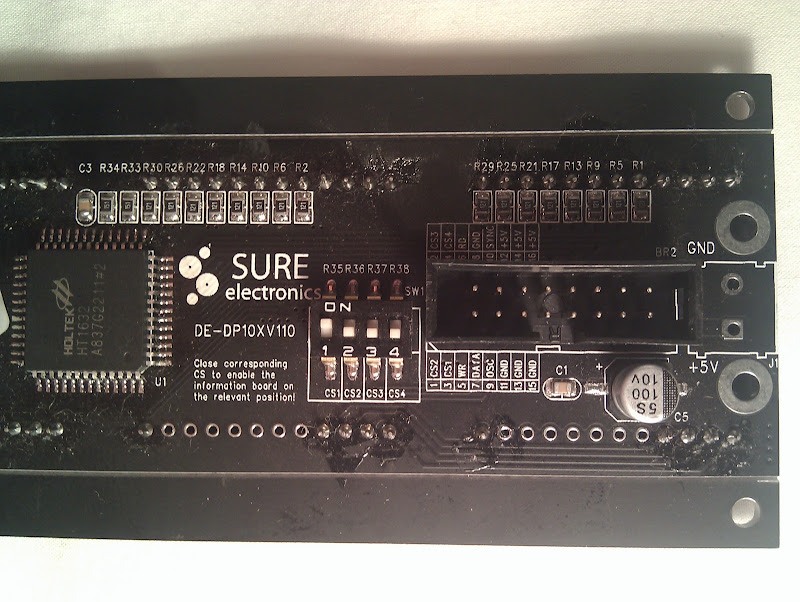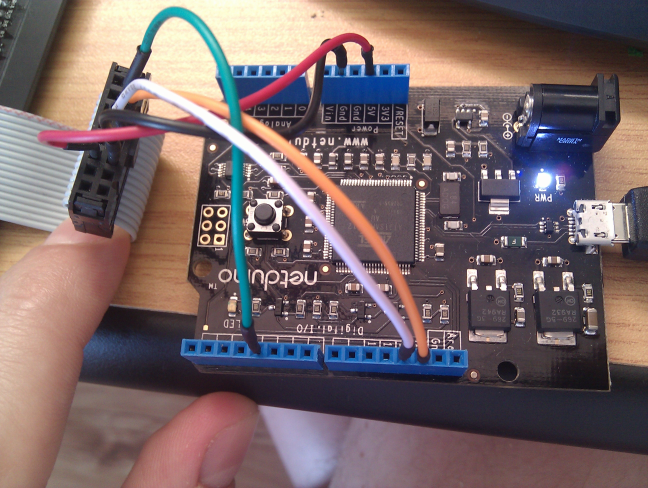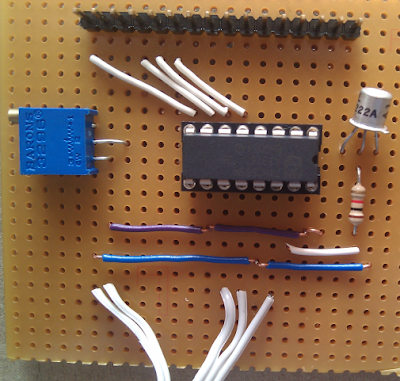Does anybody from those who downloaded the firmware and possibly tried it have any feedback? How should I interpret the silence, with regard to initial eager requests? Please let me know whether it works or not with your device, so I can fix possible problems and publish the code. Thanks in advance.
Hi,
I have been meaning to look at this but I only just found a 1-wire supplier. I should be able to get hold of some sensors next week and I'll give it a go.
Looks like fun!
-(e)

 Posted by
Posted by







